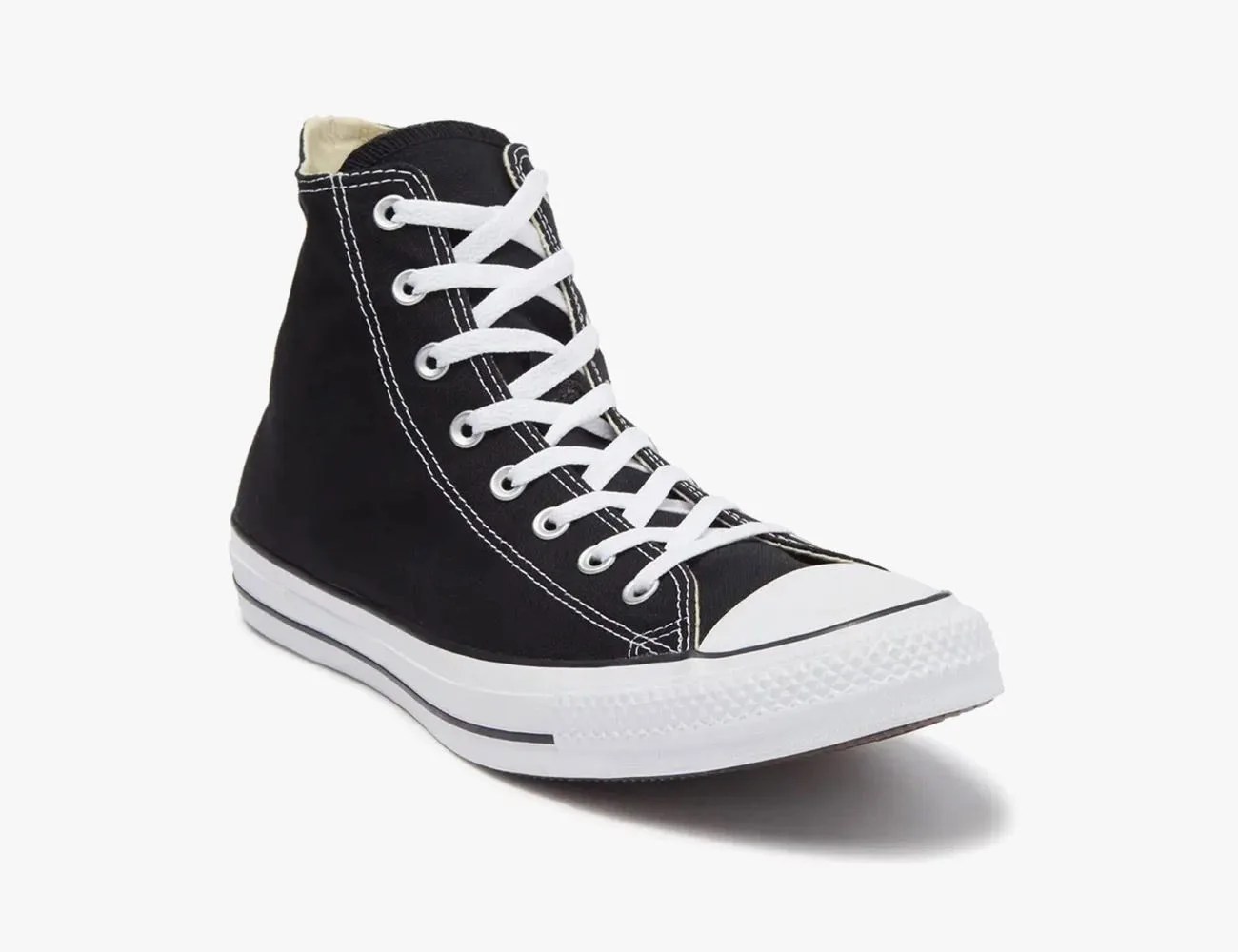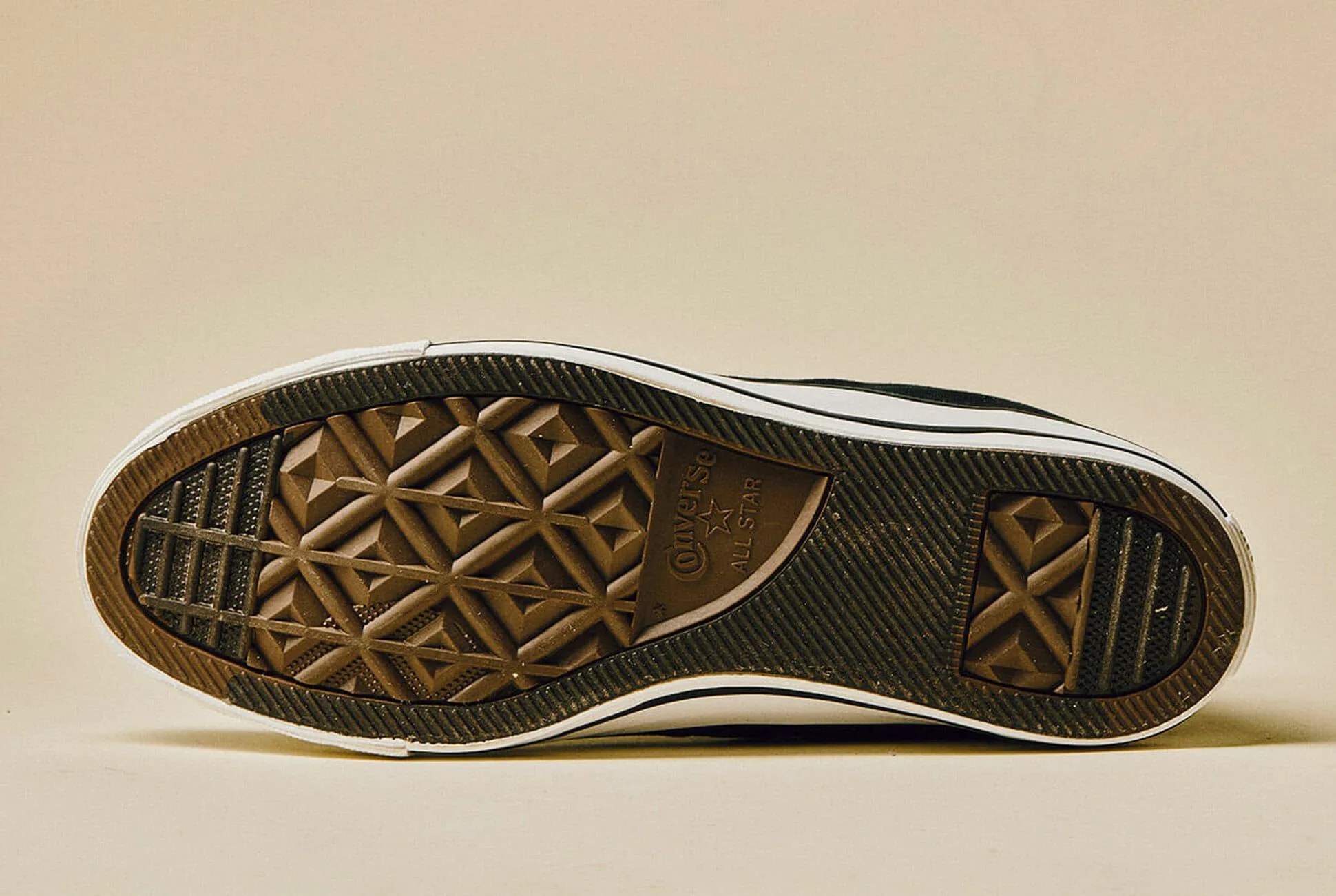There’s no mistaking a Chuck Taylor. Whether cut high or low, Converse’s old-school basketball sneaker is as iconic as a Levi’s back pocket or Ralph Lauren polo player.
Converse debuted the Chuck Taylor in 1917 and reportedly controlled up to 80 percent of the basketball-shoe market. Though most consumers forget its long history in athletics, the shoe remains a common sight among at least one sports segment: elite weightlifters.
I asked an expert why.
 Nordstrom
NordstromConverse Chuck Taylor All Star
Pros
- Zero drop creates a solid platform for static lifts
- Minimal midsole creates easier ground contact
- Cheap and cost effective for budding strength athletes
Cons
- Flat sole can take some time to get used to
- Little medial and lateral support for dynamic exercises
- Some may prefer a higher heel for squats and Olympic weightlifting
Stay Grounded
Today’s running shoes feature far more advanced components than the profiles of yesteryear: Soft and technical foams. Durable, breathable uppers. Grippy and lightweight outsole tread patterns. While there’s plenty of benefit to be had with these refined kicks, all that technology isn’t necessarily needed when it comes to lifting weights.
In order to move heavy weight, specifically in the squat and deadlift, you want to push off your platform as efficiently as possible. That can be more of a challenge in highly-cushioned sneakers since you need to fight through the layered midsole before achieving that grounded foot positioning. Chuck Taylors, on the other hand, place you closer to the ground from the start, so there’s little wasted energy as you lock out your big set.
